So you want to learn about two-candlestick patterns, huh?
Smart choice.
Recognizing different types of candlestick patterns is a useful skill all traders should master.
Here, we will go over the top 8 2-candlestick patterns.
Identifying 2-Candlestick Patterns
There are many different patterns that consist of two candlesticks.
Some patterns imply potential reversal. Other patterns imply potential continuation.
Take special note of the words imply and potential.
Candlesticks represent past price action.
Therefore, no group of candlesticks can guarantee a future outcome. Instead, you should look at them as warning signs or points of interest.
Time is also an important factor. Generally, patterns that represent larger time intervals have greater (potential) ramifications. That means that patterns on higher-term timeframes should be taken more seriously. It also means that 2-candlestick patterns may not be as reliable as 3-candlestick or 5-candlestick patterns.
Of course, this is not always true—as factors like notoriety may also impact a pattern’s efficacy. This is one reason why it is so important to analyze the historical performance of individual candlestick patterns in the context of your asset and timeframe pairing.
In the same breath, it is also crucial to wait for the full pattern to complete before you give it any weight. It’s quite common for a group of candlesticks to begin to form a recognizable pattern only for the final candle to break the formation. This is probably more true for two-candlestick patterns than any other type. So always wait for the second candle to close before you label any two candlesticks as one of these patterns.
Furthermore, experienced traders use additional points of confirmation for a signal before making any trading decisions. Oftentimes, candlestick patterns are better suited as final confirmation.
Still, you have to learn to see them if you’re ever going to be able to use them.
Here are the 8 of the most common 2-candlestick patterns in alphabetical order:
Counterattack Line
A counterattack line pattern is a 2-candlestick formation that may signal a reversal.
It is made up of a long candle moving in the direction of current trend followed by a second candle that opens with a gap that then moves in the opposite direction, filling the gap to close near the first candle’s close.
It comes in both bearish and bullish variations.
Bearish ones look like this:
Bullish ones look like this:
In trading terms:
- During the first period, the price drove in the direction of trend.
- The second period opens with a gap but price moves against trend, immediately filling the gap, ending with a similar close to the following period.
Counterattack line patterns show that one side attempted to press their advantage on candle one, continued to do so between candles, but then lost all momentum by the close of candle two.
Pattern Type: Reversal
Number of Candlesticks: 2
Looks Like/Narrative Meaning: a turning point or drawing of battle lines
Technical Specifications***
Technically, a counterattack line pattern must:
- Begin with a long candle moving with trend
- End with a candle of similar size moving against trend
- Completely fill the gap after the first period
In practicality though, many traders will make various exceptions.
- The candles don’t necessarily have to be long candles, as long as they are the same size.
- The candles don’t necessarily have to be the same size, as long as they are long candles.
- It can take two candles to fill the gap, as long as the combined length of the second and third candles equals the length of the first.
***Depending on who you ask, any of these standards may be more or less important. Moreover, some of these variations may be more properly classified as other reversal candlestick patterns.
Related Patterns:
- Similar to In Neck Pattern
- Similar to On Neck Pattern
For more detail, read our full breakdown on How to Trade Counterattack Lines Candlestick Patterns.
Engulfing
An engulfing candlestick pattern is a 2-candlestick formation that may signal a reversal.
It is made up of one candle moving in the direction of current trend followed by a second candle that opens and closes above and below that of the first candle, or vice versa.
It comes in both bearish and bullish variations.
Bearish ones look like this:
Bullish ones look like this:
In trading terms:
- During the first period, price continued the ongoing trend.
- The second period opens with a gap in the direction of trend that is quickly filled as price proceeds to reclaim all the ground from the first day and then some, closing outside the open and close of the previous candle.
Engulfing candlestick patterns show that the momentum fizzled out on candle one, demonstrated by a counter-trend move on candle two.
Pattern Type: Reversal
Number of Candlesticks: 2
Looks Like/Narrative Meaning: dam break or counterpunch
Technical Specifications***
Technically, an engulfing candle pattern must:
- Begin with a candle moving in the direction of trend
- End with a candle of greater size moving against trend
- Have the first candle’s body contained completely within the body of the second
In practicality though, many traders will make various exceptions.
- The first candle can be a neutral candle (ie. a doji), as long as it is fully contained within the body of the second.
- The first candle can move against trend, as long as it is fully contained within the body of the second.
- The open of the second candle can be even with the close of the first candle, especially in markets where gaps are less common like cryptocurrency.
***Depending on who you ask, any of these standards may be more or less important. Moreover, some of these variations may be more properly classified as other reversal candlestick patterns.
Related Patterns
- Precursor of Three Outside Pattern
For more detail, read our full breakdown on How to Trade Engulfing Candlestick Patterns.
Harami
A harami pattern is a 2-candlestick formation that may signal a reversal.
It is made up of a long candle moving in the direction of current trend followed by a small candle moving in the opposite direction. The trading range of the second candle must be completely contained within that of the first.
It comes in both bearish and bullish variations.
Bearish ones look like this:
Bullish ones look like this:
In trading terms:
- During the first period, price continued the ongoing trend.
- Before the second period opened, price moved against the trend, opening within the range of the prior candle body.
- During the second period, price moved against trend to a modest degree, closing within the range of the prior candle body.
Harami patterns show that one side attempted to press their advantage on candle one, lost momentum between candles, and fully stalled out by the close of candle two.
Pattern Type: Reversal
Number of Candlesticks: 2
Looks Like/Narrative Meaning: birth of a counter-trend or counter-trend incubator
Technical Specifications***
Technically, a harami pattern must:
- Begin with a long candle moving with trend
- End with a short candle moving slightly against trend
- Have the second candle’s body and wicks contained completely within the body of the first
In practicality though, many traders will make various exceptions.
- The first candle doesn’t have to be a long candle, as long as it contains the second candle and moves in the direction of trend.
- The second candle doesn’t have to move against trend as long as it is neutral and/or very small.
- The second candle’s wick doesn’t have to be contained within the body of the first, as long as its body is.
- The open of the second candle can be even with the close of the first candle, especially in markets where gaps are less common like cryptocurrency.
- If additional, consecutive candles after the second candle remain contained within the body of the first candle, all would be included in the harami pattern.
***Depending on who you ask, any of these standards may be more or less important. Moreover, some of these variations may be more properly classified as other reversal candlestick patterns.
Related Patterns
- Similar to Harami Cross Pattern
- Precursor of Three Inside Pattern
For more detail, read our full breakdown on How to Trade Harami Candlestick Patterns.
Harami Cross
A harami cross pattern is a 2-candlestick formation that may signal a reversal.
It is made up of a long candle moving in the direction of current trend followed by a doji candlestick. The trading range of the second candle must be completely contained within that of the first.
It comes in both bearish and bullish variations.
Bearish ones look like this:
Bullish ones look like this:
In trading terms:
- During the first period, price continued the ongoing trend.
- Before the second period opened, price moved against the trend, opening within the range of the prior candle body.
- During the second period, price stayed within the range of the prior candle body and closed at (or very near to) the open.
Harami cross patterns show that one side attempted to press their advantage on candle one, lost momentum between candles, and fully stalled out by the close of candle two.
Pattern Type: Reversal
Number of Candlesticks: 2
Looks Like/Narrative Meaning: birth of a counter-trend or counter-trend incubator
Technical Specifications***
Technically, a harami cross pattern must have:
- Begin with a long candle moving with trend
- End with a doji candlestick
- Have the second candle’s body and wicks contained completely within the body of the first
In practicality though, many traders will make various exceptions.
- The first candle doesn’t have to be a long candle, as long as it contains the second candle and moves in the direction of trend.
- The second candle’s wicks don’t have to be contained within the body of the first, as long as the open and close are.
- The open and close of the second candle can be even with the close of the first candle, especially in markets where gaps are less common like cryptocurrency.
- If additional, consecutive doji after the second candle remain contained within the body of the first candle, all would be included in the harami pattern.
***Depending on who you ask, any of these standards may be more or less important. Moreover, some of these variations may be more properly classified as other reversal candlestick patterns.
Related Patterns
- Similar to Harami Pattern
- Precursor of Three Inside Pattern
For more detail, read our full breakdown on How to Trade Harami Cross Candlestick Patterns.
In Neck
An in neck pattern is a 2-candlestick formation that may signal continuation.
It is made up of a long candle moving in the direction of current trend followed by a gap and a shorter candle that fills the gap to close near the close of the previous candle.
It comes in both bearish and bullish variations.
Bearish ones look like this:
Bullish ones look like this:
In trading terms:
- During the first period, price action continued the ongoing trend.
- The second period opens with a gap that is filled but price gets no further, ending with a similar close to the following period.
In neck patterns show that the trending side attempted to press their advantage on candle one, continued to do so between candles, but then allowed some reprieve by the close of candle two.
Pattern Type: Continuation
Number of Candlesticks: 2
Looks Like/Narrative Meaning: a pause in the action or rallying point
Technical Specifications***
Technically, an in neck pattern must:
- Begin with a long candle moving with trend
- End with a short candle moving against trend
- Completely fill the gap created after the first period
In practicality though, many traders will make various exceptions.
- The first candle doesn’t necessarily have to be a long candle, as long as its body is longer than the body of the second candle.
- The close of the second candle can be slightly above or below the close of the first candle.
- It can take two candles to fill the gap, as long as the combined length of the second and third candles is shorter than the length of the first.
***Depending on who you ask, any of these standards may be more or less important. Moreover, some of these variations may be more properly classified as other continuation candlestick patterns.
Related Patterns
- Similar to Counterattack Lines Pattern
- Similar to On Neck Pattern
For more detail, read our full breakdown on How to Trade In Neck Candlestick Patterns.
On Neck
An on neck pattern is a 2-candlestick formation that may signal a potential continuation.
It is made up of a long candle moving in the direction of trend followed by a gap and a shorter candle that fails to fill the gap, closing near the high or low of the previous candle.
bearish and bullish variations.
Bearish ones look like this:
Bullish ones look like this:
In trading terms:
- During the first period, price action continued the ongoing trend.
- The second period opens with a gap that is only partially filled, closing near the high or low of the previous period.
On neck patterns show that the trending side attempted to press their advantage on candle one, continued to do so between candles, then held their ground fairly well on candle two.
Pattern Type: Continuation
Number of Candlesticks: 2
Looks Like/Narrative Meaning: “no man’s land” or a mustering line
Technical Specifications***
Technically, an on neck pattern must:
- Begin with a long candle moving with trend that has a wick in the direction of trend, such as a belt hold candlestick
- End with a short candle moving against trend
- Have a gap after the first candle that exceeds the wick of the first candle
- Partially fill the gap created after the first period, to the wick of the first candle
In practicality though, many traders will make various exceptions.
- The first candle doesn’t necessarily have to be a long candle, as long as its body is significantly longer than the body of the second candle.
- The first candle doesn’t necessarily have to have a wick in the direction of trend, as long as there is a gap that is only partially filled by the next candle.
- The close of the second candle can be slightly above or below the wick of the first candle, as long as it does not get too near the close for the second candle.
- It can take two candles to reach the first candle’s wick, as long as the combined length of the second and third candles is significantly shorter than the body of the first candle.
***Depending on who you ask, any of these standards may be more or less important. Moreover, some of these variations may be more properly classified as other continuation candlestick patterns.
Related Patterns
- Similar to Counterattack Lines Pattern
- Similar to In Neck Pattern
For more detail, read our full breakdown on How to Trade On Neck Candlestick Patterns.
Tweezers
A tweezers pattern is a 2-candlestick formation that may signal a reversal.
It is made up of a large candlestick moving in the direction of trend followed by another one moving against trend. The wicks must be nearly even on the trend side of both candles and the first close must match the second open.
It comes in both bearish and bullish variations, known respectively as the tweezer top and tweezer bottom.
Bearish ones look like this:
Bullish ones look like this:
In trading terms:
- During the first period, the price drove strongly in the direction of trend but pulled back slightly before closing.
- During the second period, price begins moving in the direction of trend until it reaches the high or low of the previous period before switching directions to drive (and close) against trend.
Tweezers patterns show that one side attempted to press their advantage on candle one but lost their momentum sometime in the middle of candle two.
Pattern Type: Reversal
Number of Candlesticks: 2
Looks Like/Narrative Meaning: an about-face or price action 180
Technical Specifications***
Technically, a tweezers pattern must:
- Begin with a long candle moving with trend that has a wick in the direction of trend, such as a belt hold candlestick
- End with a long candle moving against trend that has a wick that matches the wick of the first candle
In practicality though, many traders will make various exceptions.
- The second candle doesn’t necessarily have to be a long candle as long as the wicks of both candles are even.
- The wicks don’t have to match exactly as long as both candles are long candles in which the open of the second matches the close of the first.
- The candles don’t necessarily have to have wicks as long as the candle bodies are nearly identical in size.
***Depending on who you ask, any of these standards may be more or less important. Moreover, some of these variations may be more properly classified as other reversal candlestick patterns.
Related Patterns
- none
For more detail, read our full breakdown on How to Trade Tweezer Candlestick Patterns.
Window
A window pattern is a 2-candlestick formation that may signal a continuation.
It is made up of two large candles moving in the direction of current trend with a gap between them.
It comes in both bearish and bullish variations, known respectively as the falling window and rising window.
Bearish ones look like this:
Bullish ones look like this:
In trading terms:
- During the first period, price drove strongly in the direction of trend.
- Between periods, price continued driving in the same direction.
- During the second period, price yet again continued driving in the direction of trend.
Window patterns show that one side pressed their advantage on candle one, continued between candles one and two, and continued further through the end of two.
Pattern Type: Continuation
Number of Candlesticks: 2
Looks Like/Narrative Meaning: a runaway train or uncontested offensive
Technical Specifications***
Technically, a window pattern must:
- Have two long candles moving with trend
- Have a gap between both candles
In practicality though, many traders will make various exceptions.
- The first candle doesn’t necessarily have to be a long candle, as long as it is a candlestick that gives a strong bias in the direction of trend (such as a dragonfly doji or gravestone doji).
- The second candle doesn’t necessarily have to be a long candle, as long as the first one is and the gap remains unfilled.
***Depending on who you ask, any of these standards may be more or less important. Moreover, some of these variations may be more properly classified as other continuation candlestick patterns.
Related Patterns
- Precursor of Tasuki Gap Pattern
For more detail, read our full breakdown on How to Trade Window Candlestick Patterns.
Takeaways
Obviously, there are quite a few different candlestick patterns.
However, you don’t have to memorize all the names and exact specifications. Instead, focus on the principles of price action and technical analysis. That way, you’ll see what is going on with any candlestick formation, whether it fits into one of these categories or not.
At the end of the day, understanding candlestick patterns is only one piece of the puzzle. You’ll need more tools in the toolkit to read the full story in the charts—and even more than that if you want to put together a complete trading strategy.
Know of an important candlestick pattern we missed? Have some special insight into trading a specific pattern? Contribute to the conversation in the comments below! Or, share this post with a trader it might help. And if you haven’t already, check out our Candlestick Patterns Guide to learn the best ways to trade candlestick patterns.

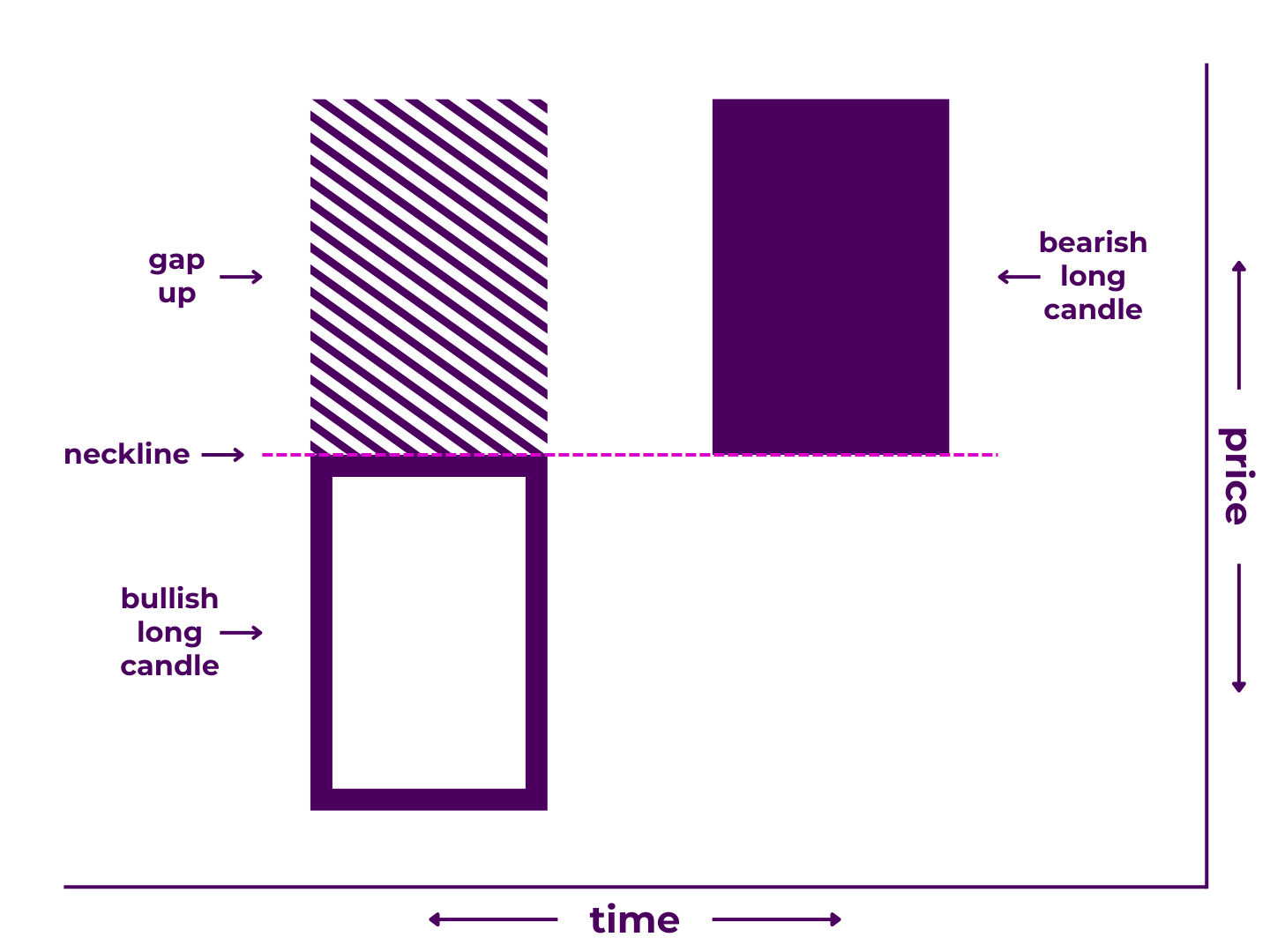
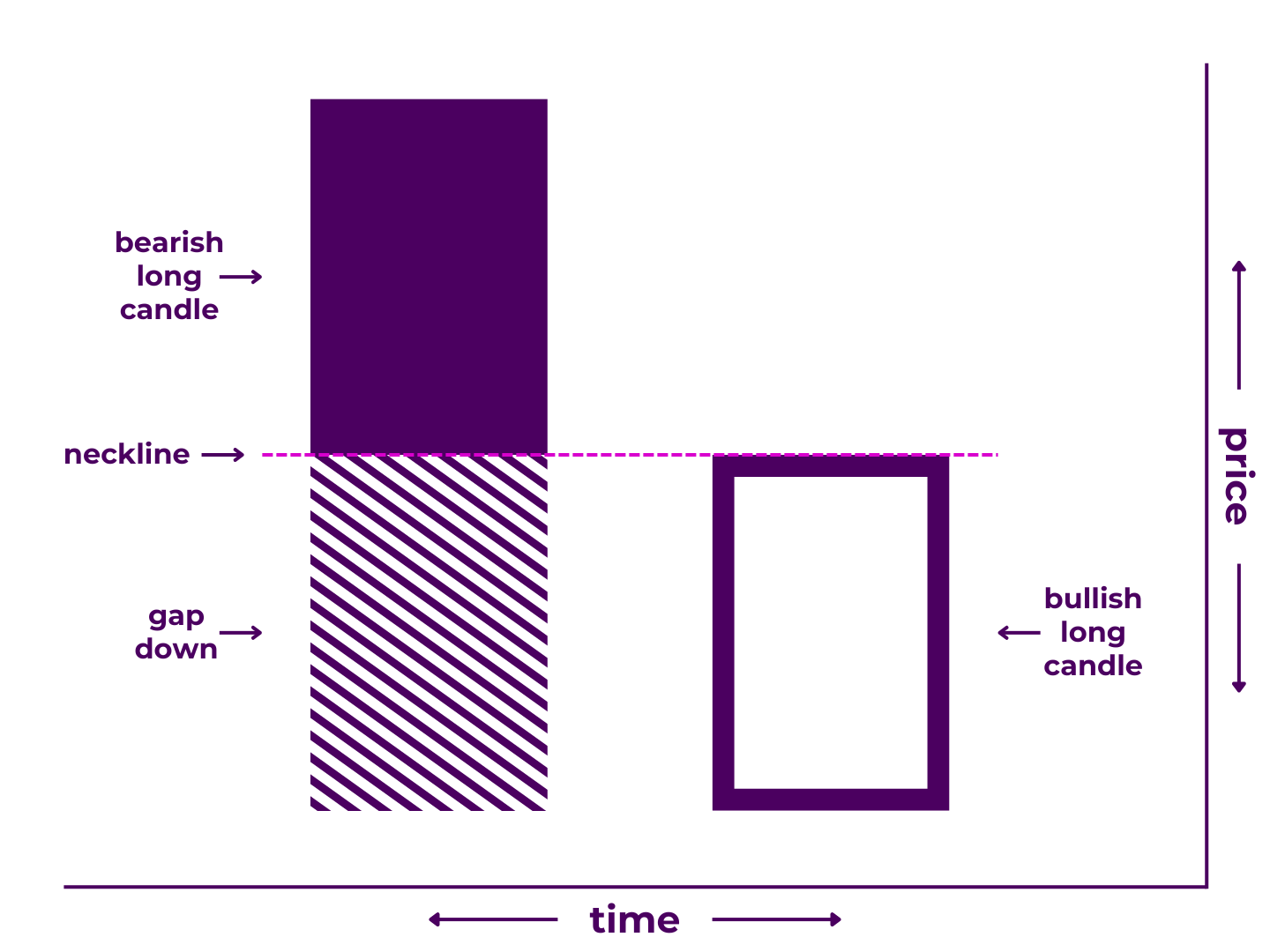
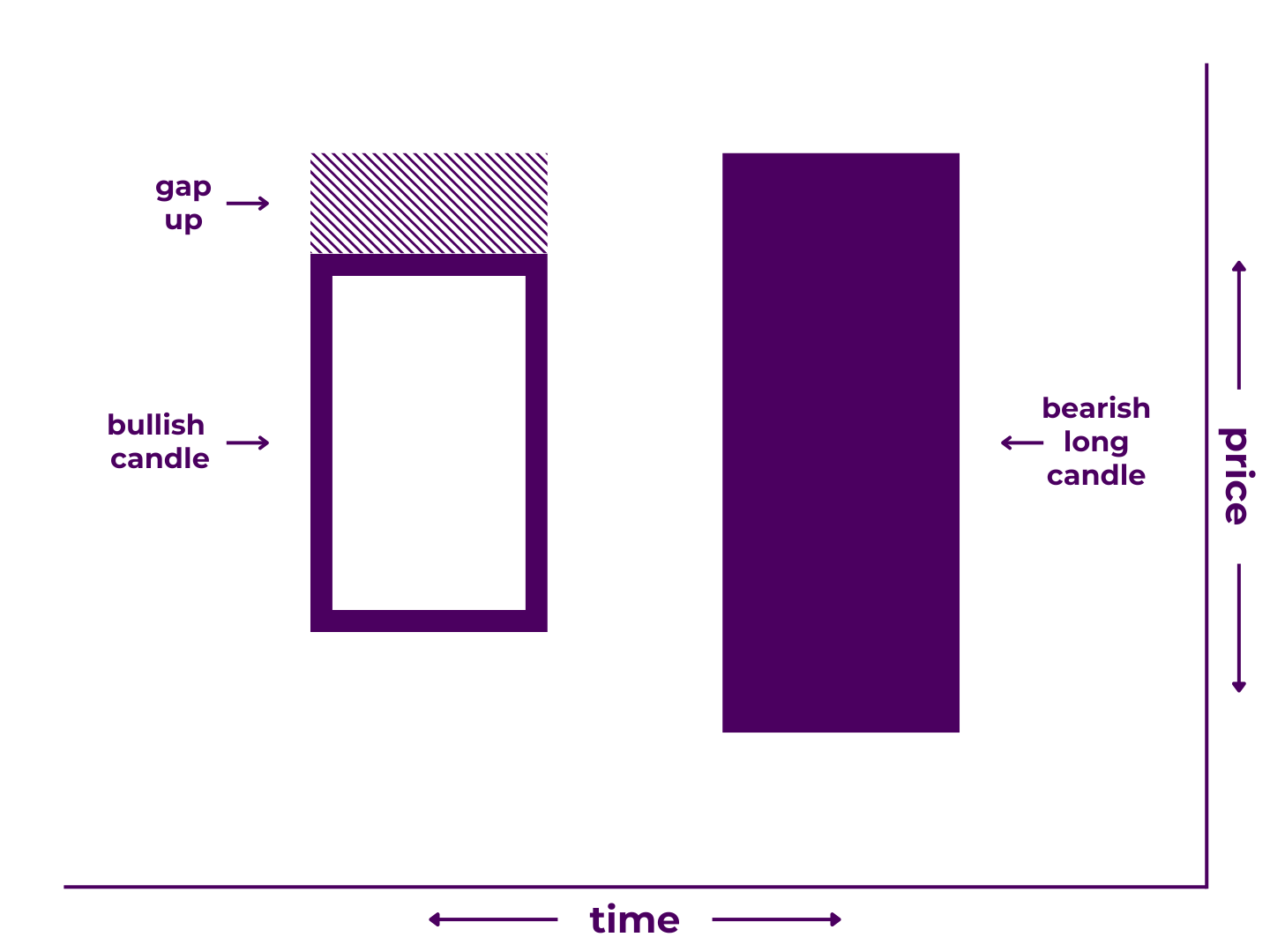
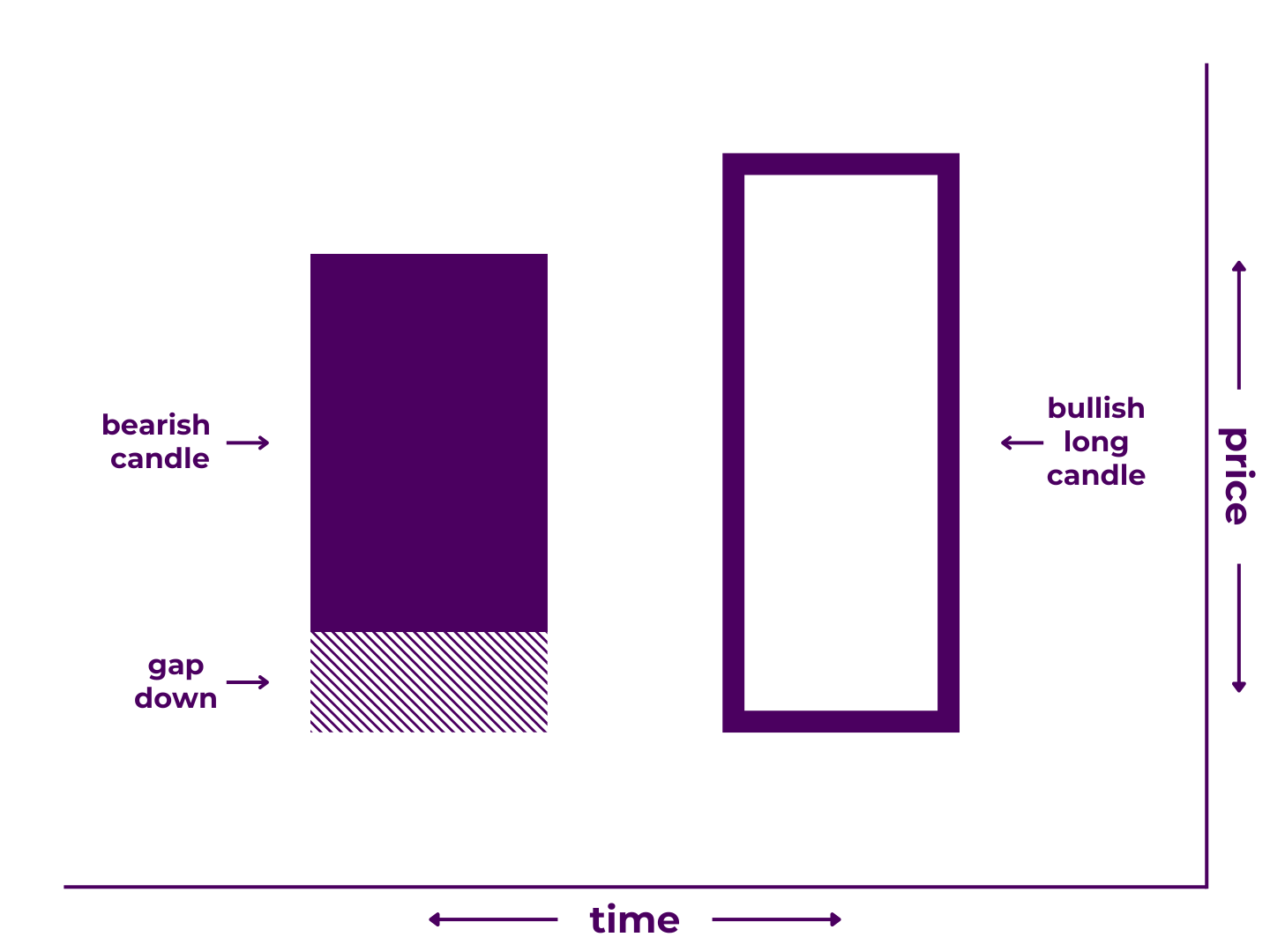
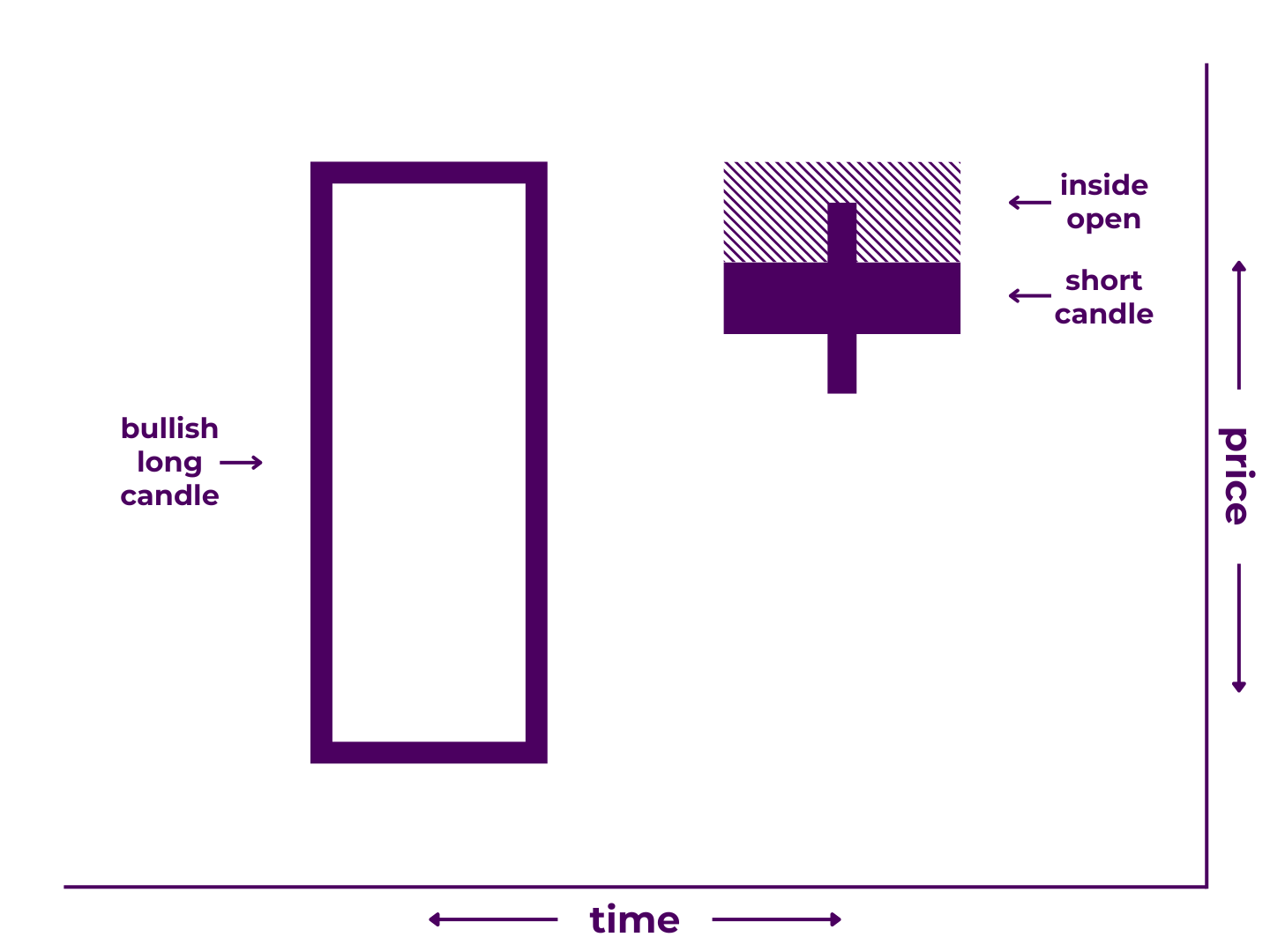
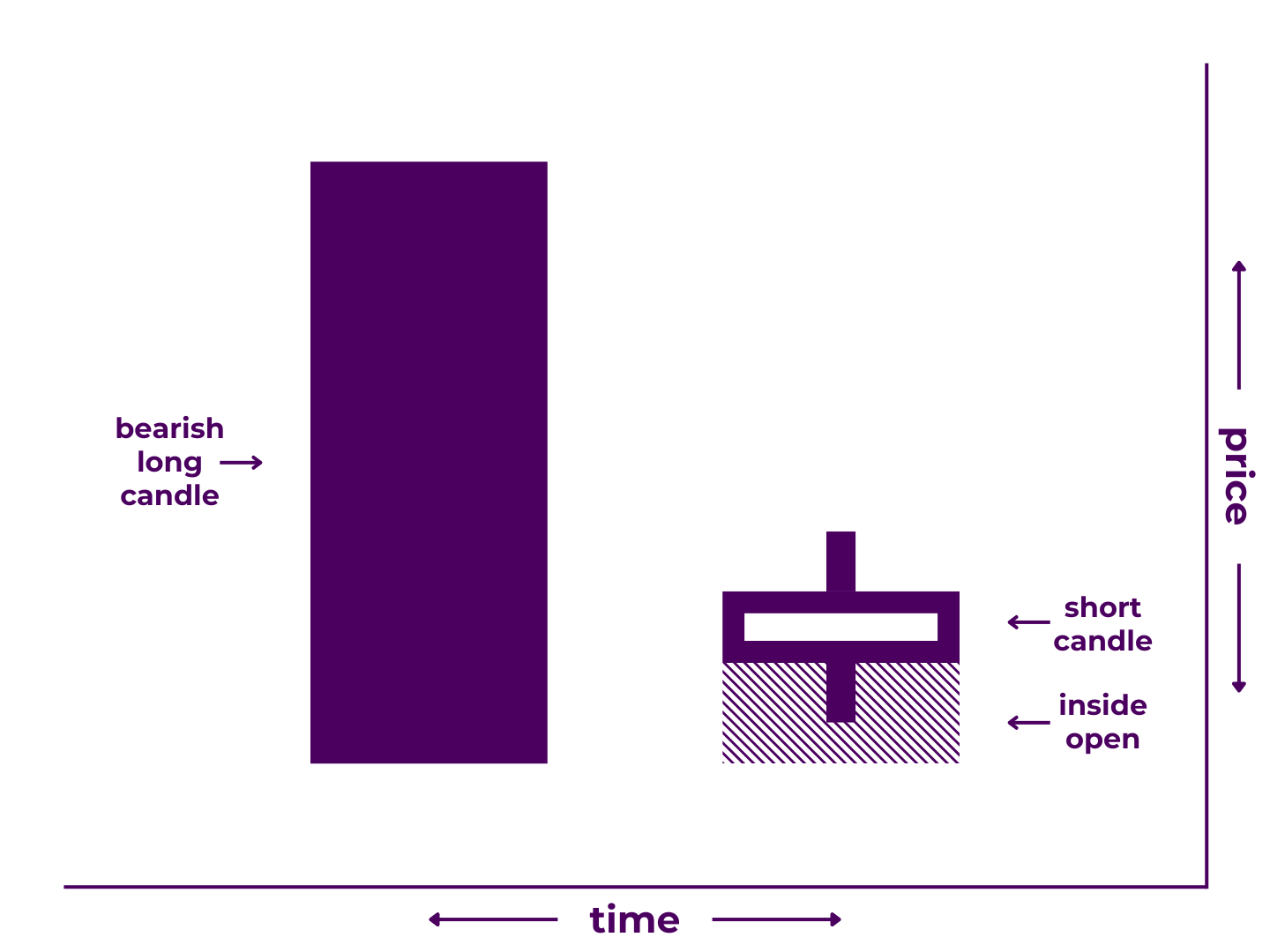
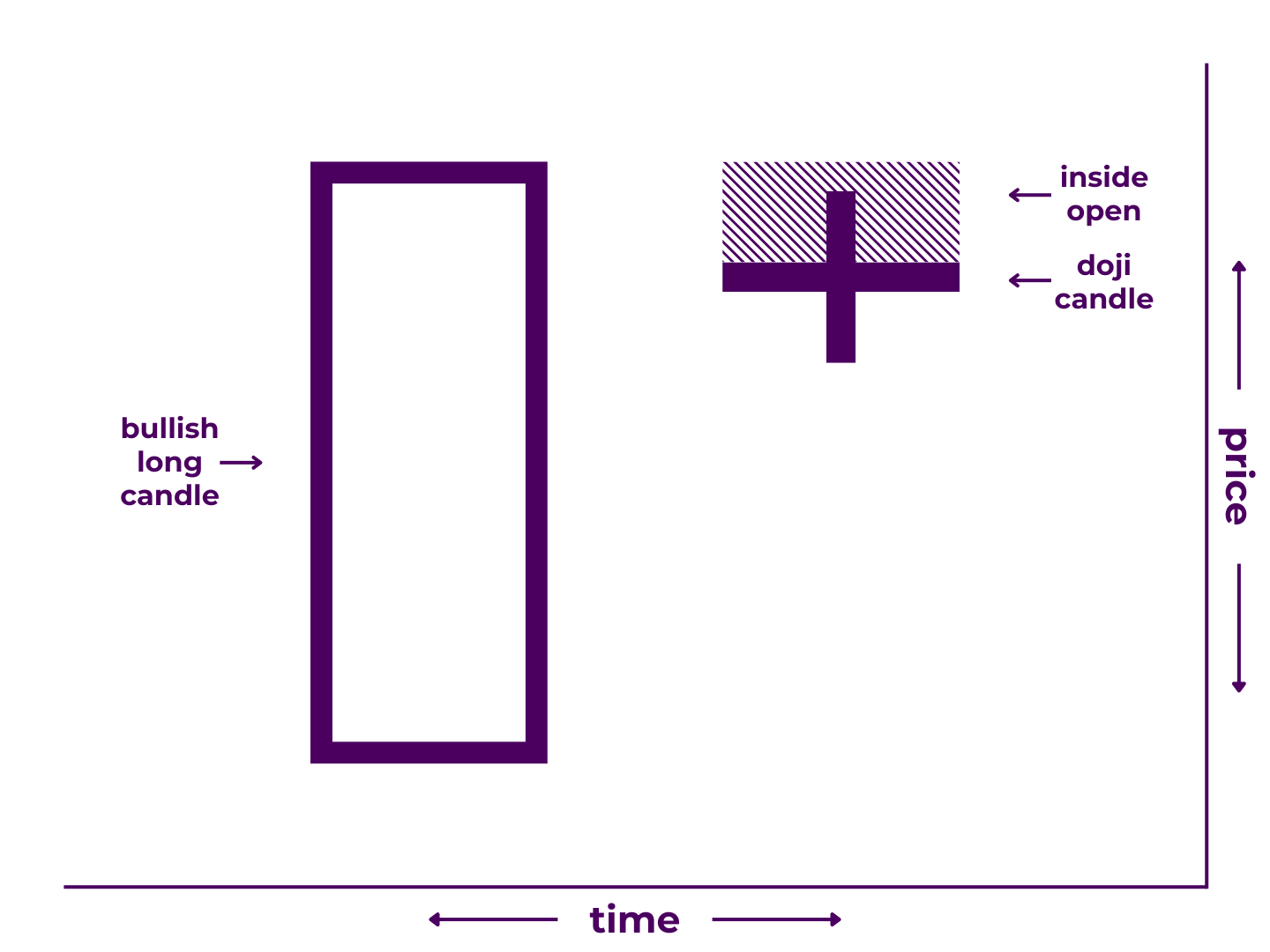
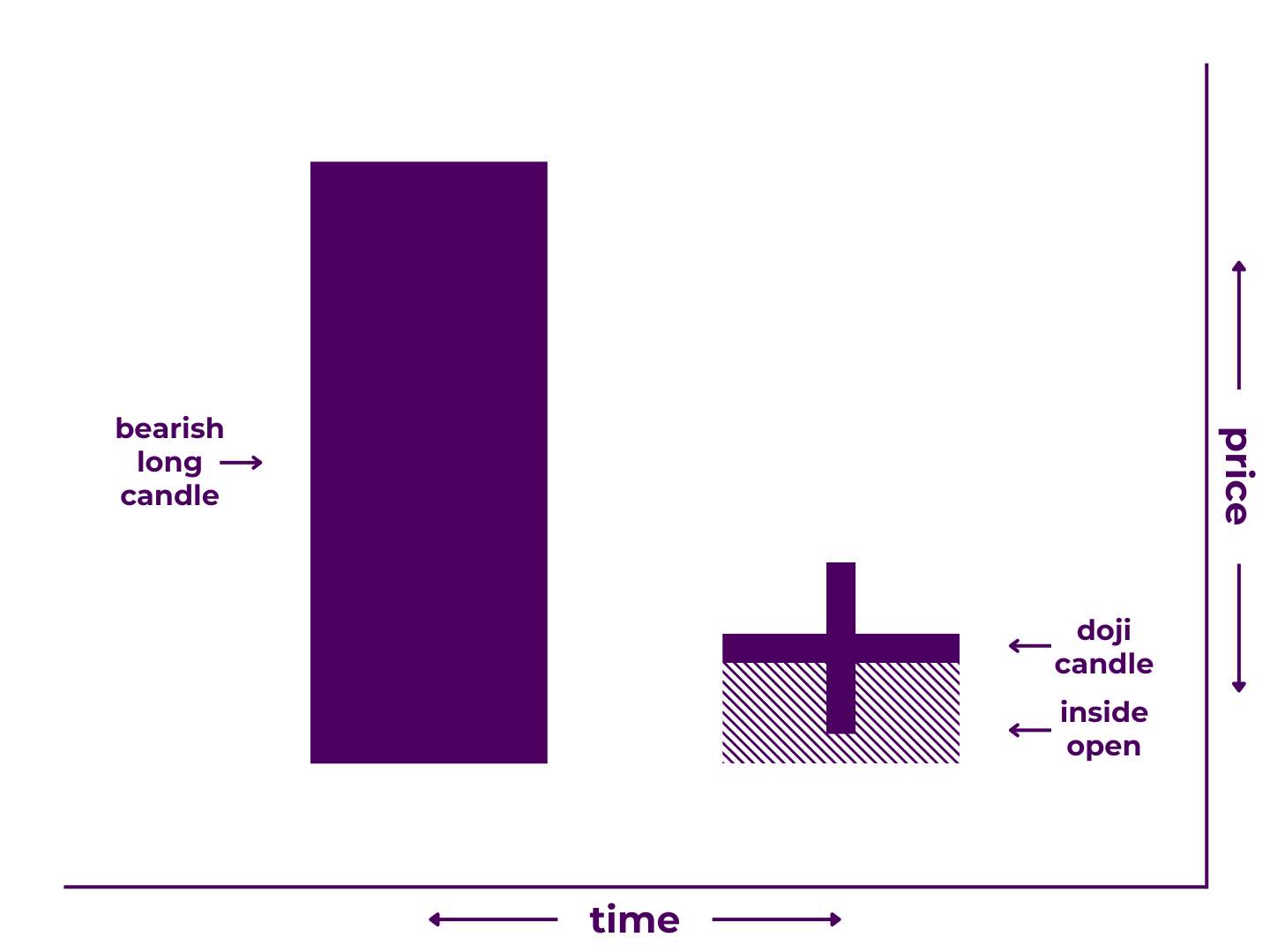
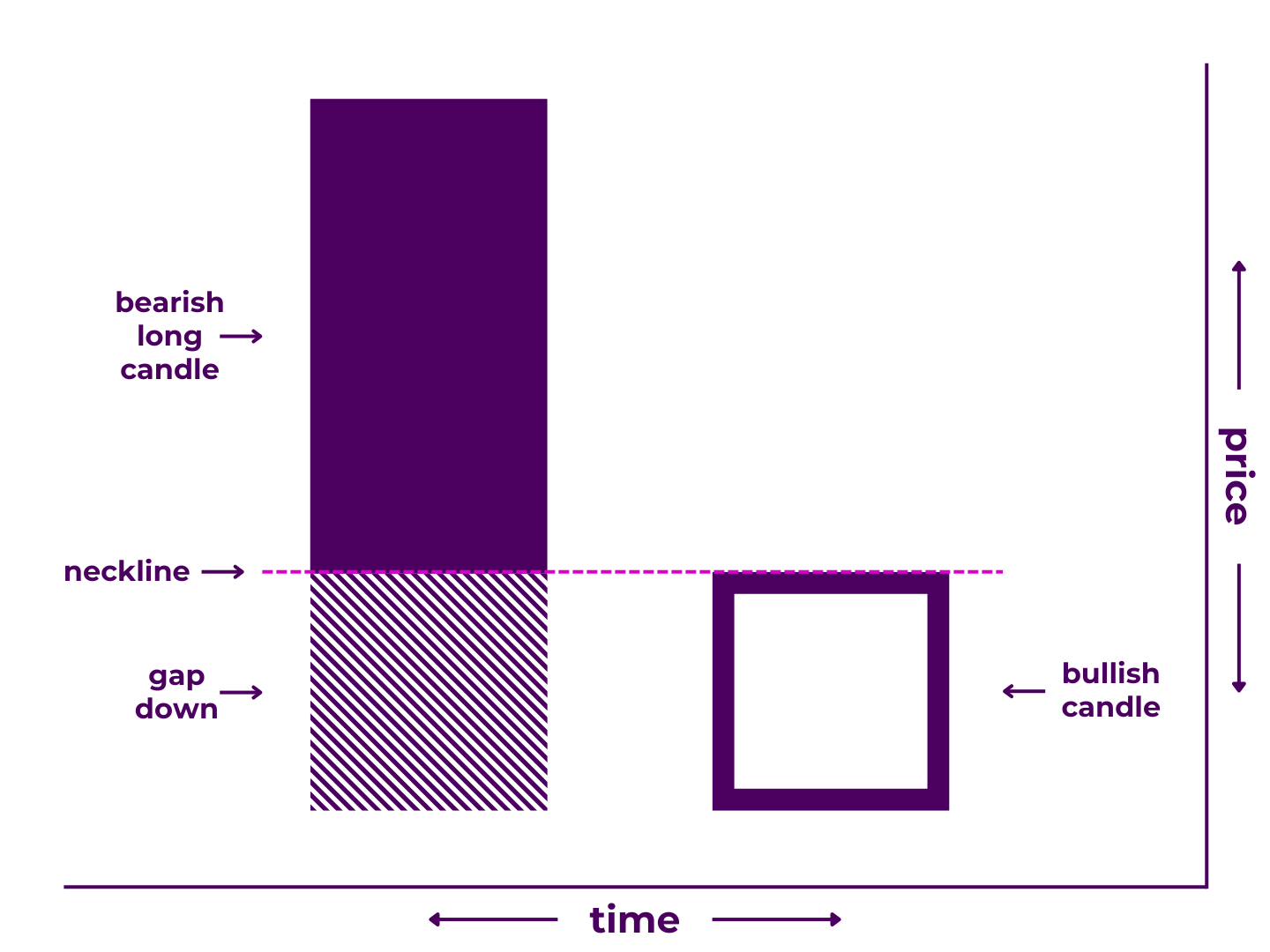
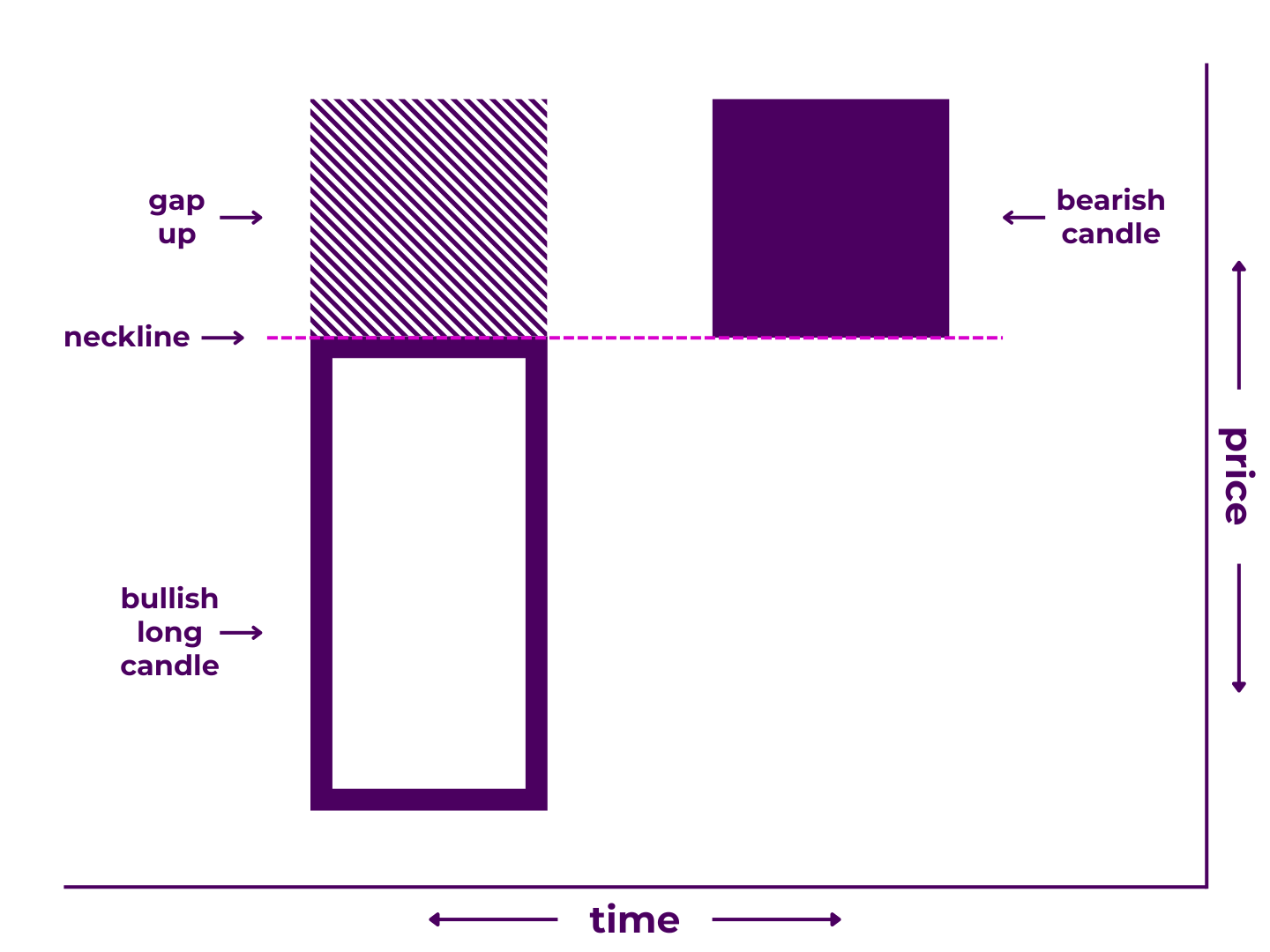
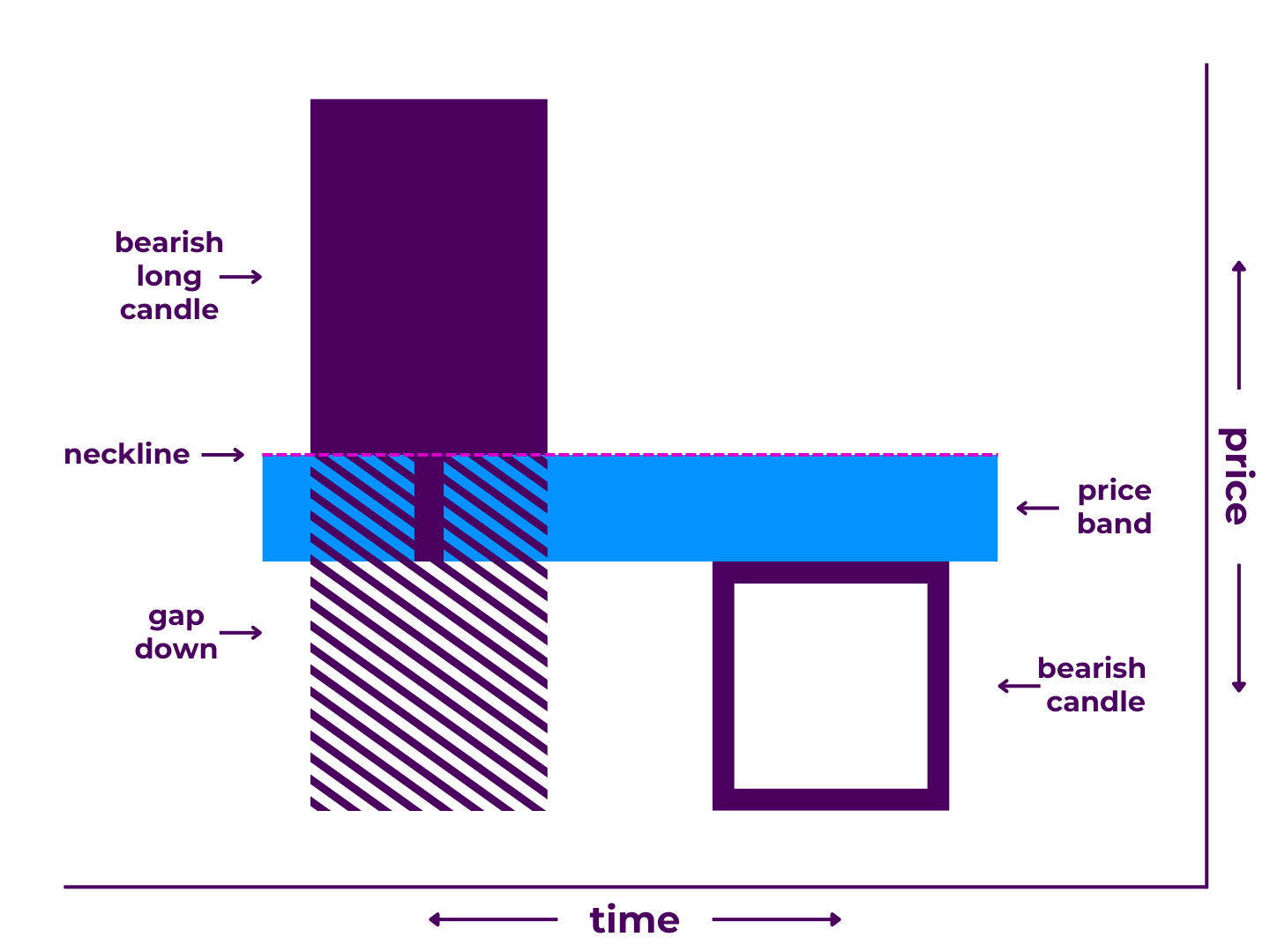
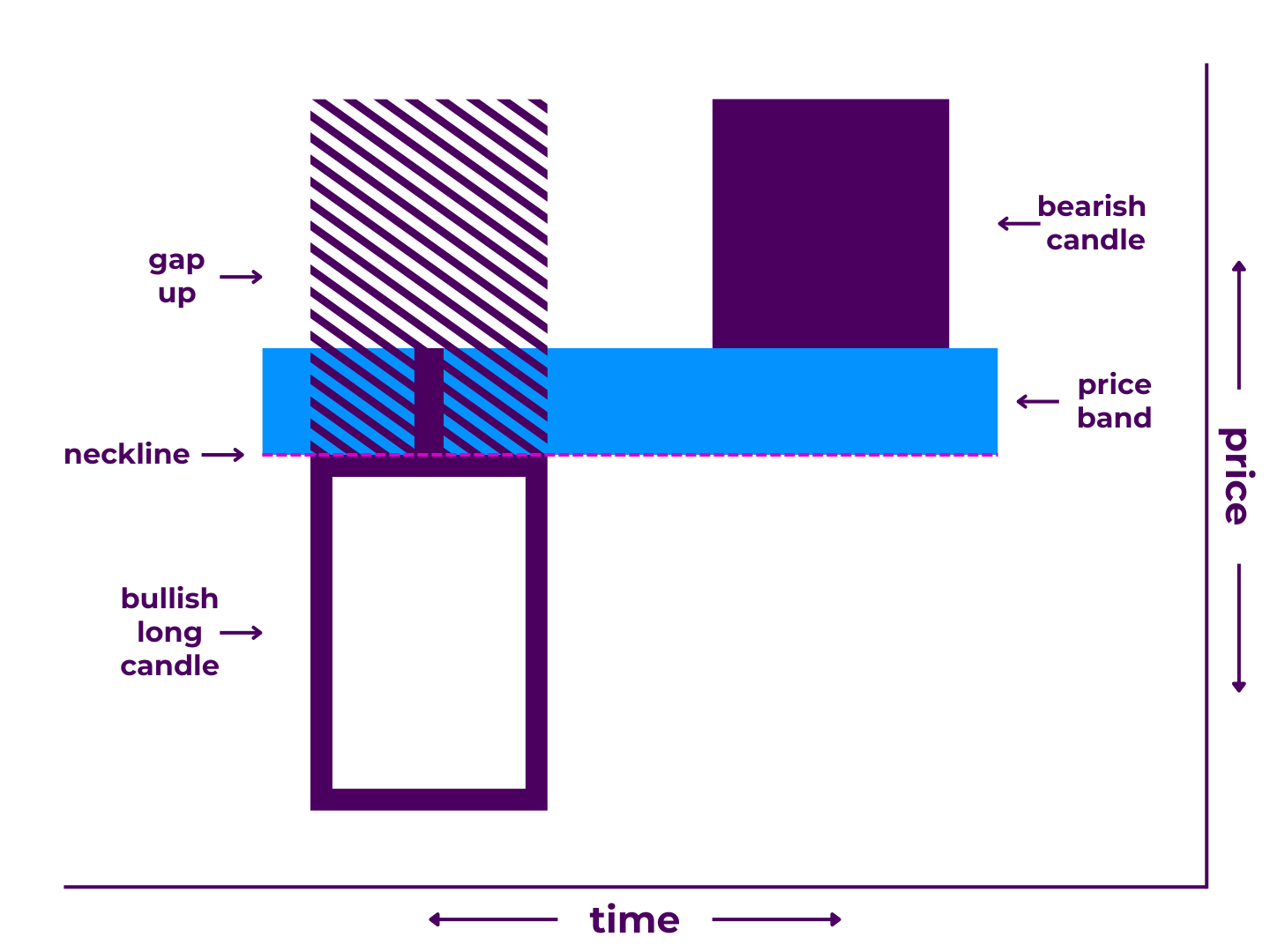
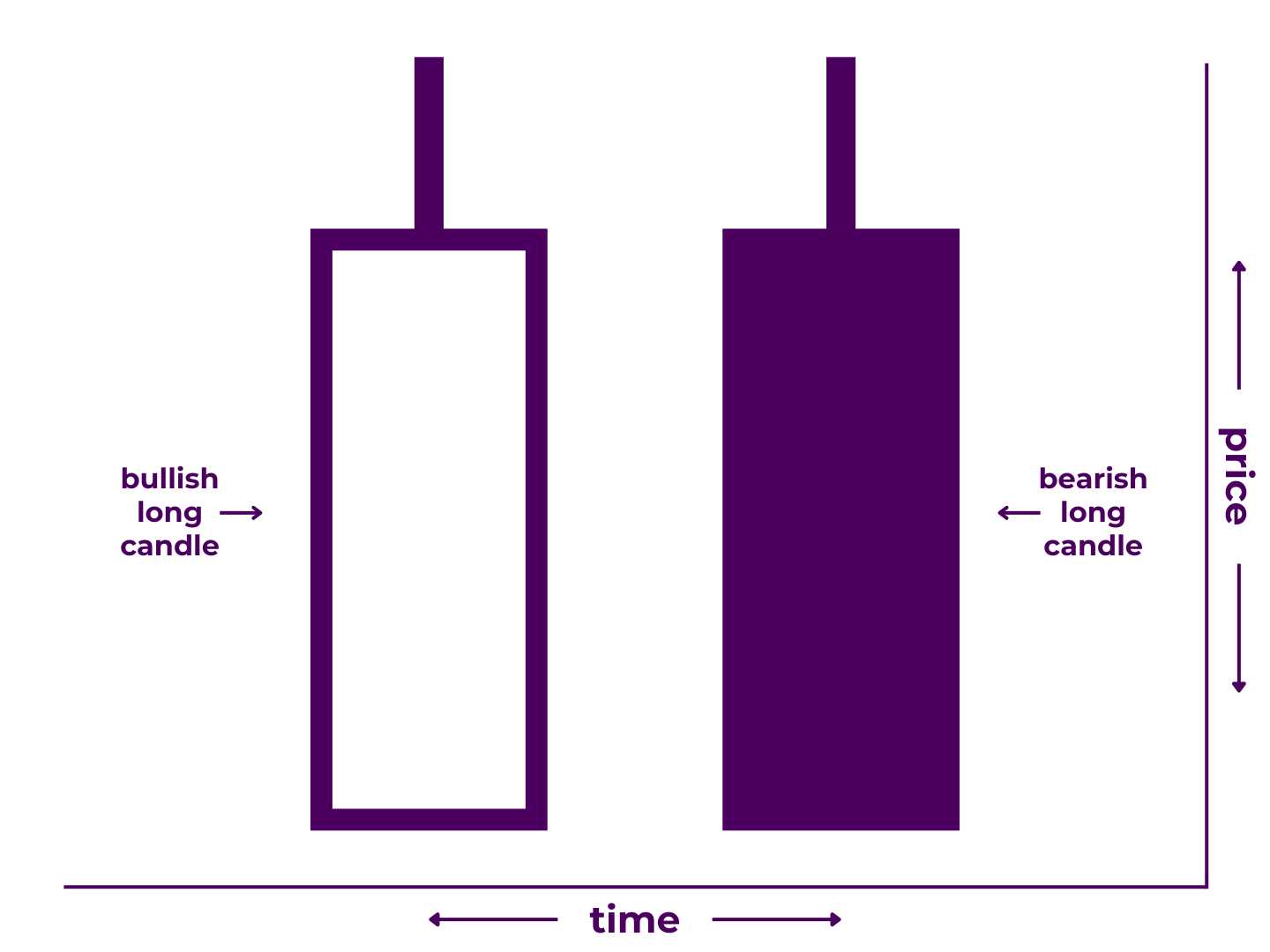
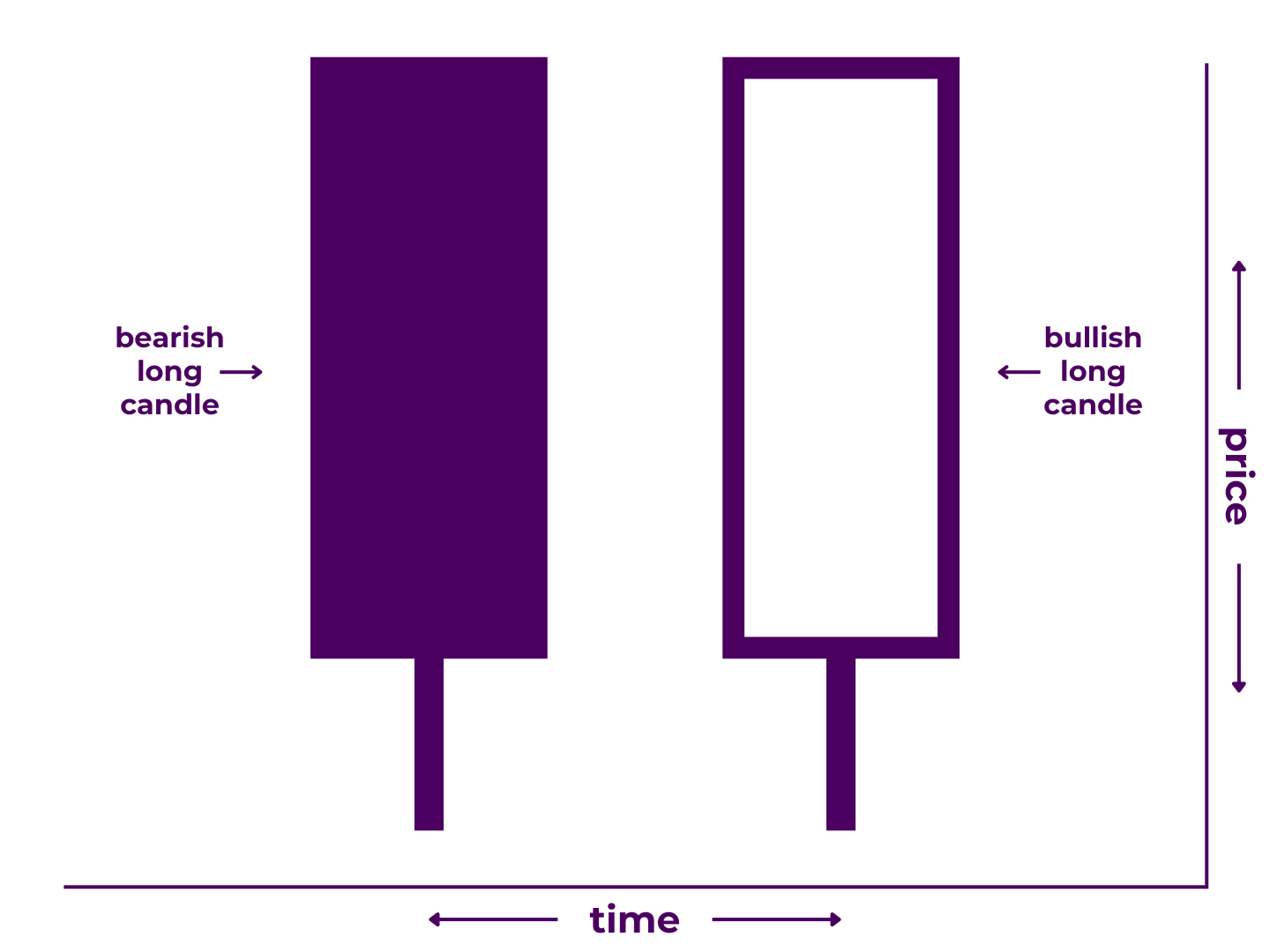
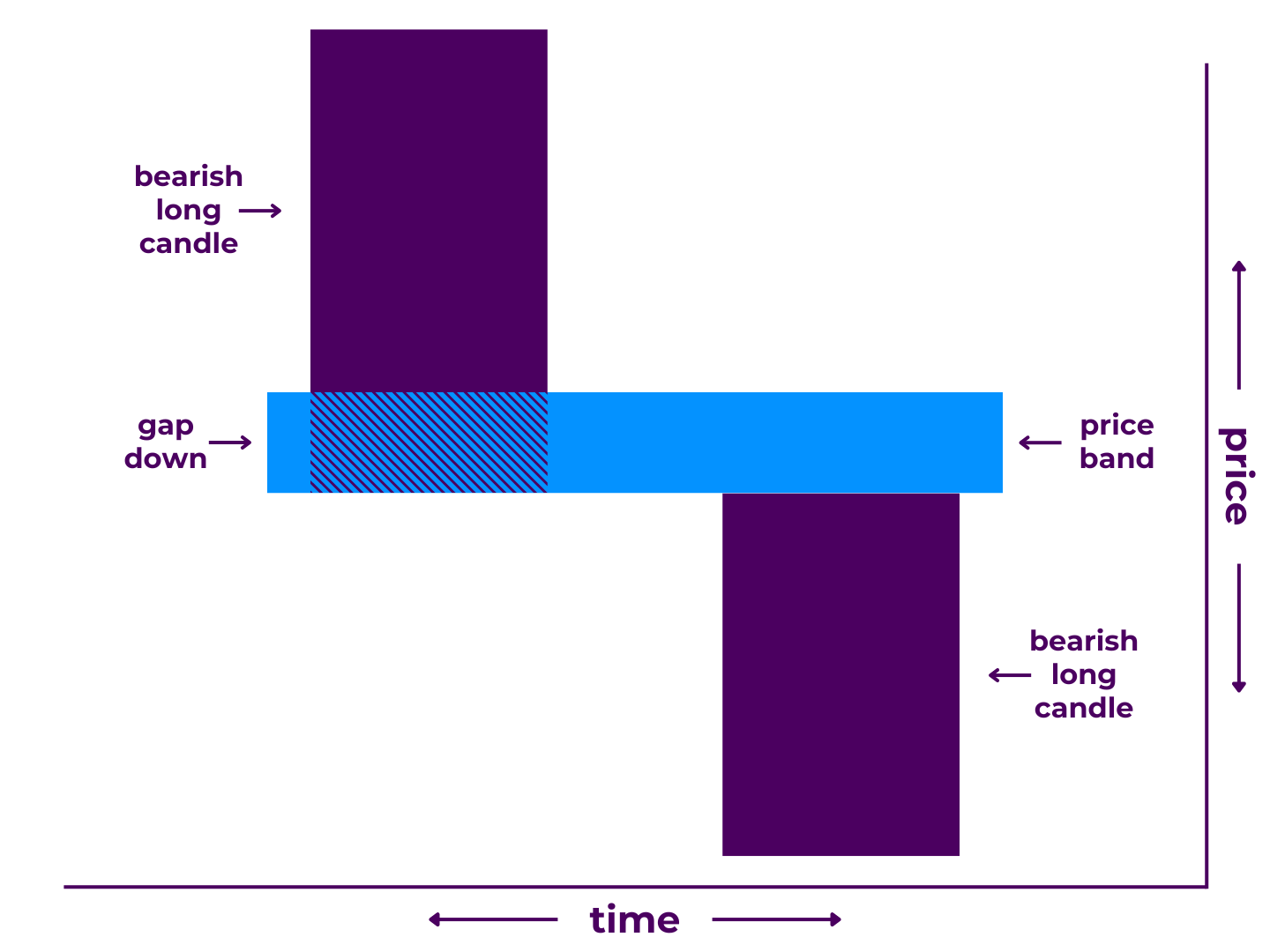
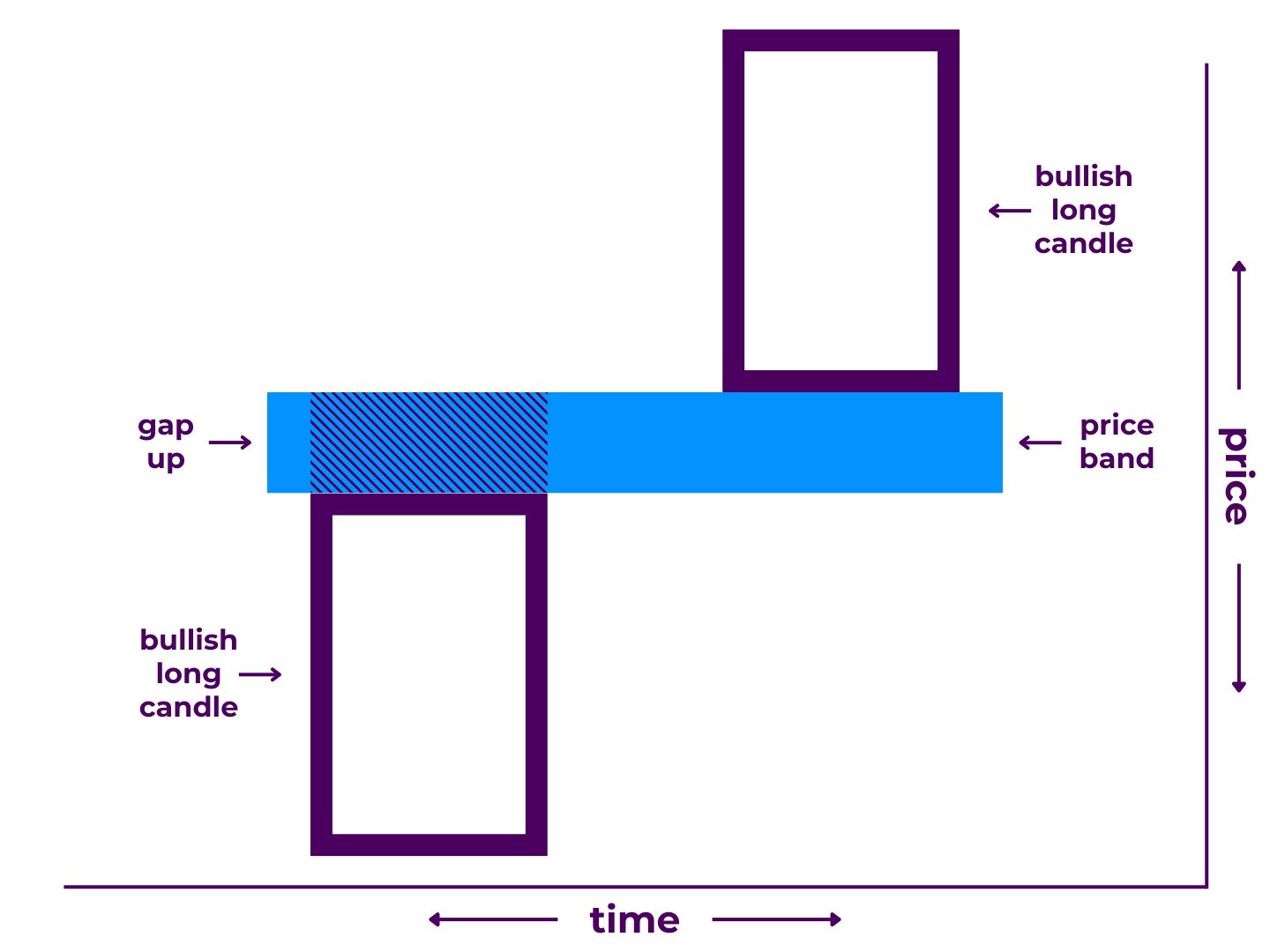
0 Comments